How Super Mario Odyssey Redefined Platformers
The release of “Super Mario Odyssey” in 2017 marked a pivotal point in the evolution of platformer games. From its groundbreaking mechanics to its stunning open-ended worlds, “Super Mario Odyssey” redefined what a platformer could be. Nintendo’s flagship title took bold steps to innovate within a genre that has been central to gaming since the inception of the Mario series itself. This article delves into several key areas where “Super Mario Odyssey” has made its mark, elevating it to one of the most influential platformers of recent times.
The Open-World Revolution
“Super Mario Odyssey” introduced a paradigm shift in the Mario franchise by adopting an open-world approach. Unlike the linear progression found in many of its predecessors, this game offered expansive kingdoms, each brimming with secrets and challenges. Players could explore at their own pace, choosing from a variety of objectives rather than following a fixed path. This freedom facilitated a new layer of player agency, inviting exploration and experimentation. Sandbox-style levels like New Donk City and the Sand Kingdom became sprawling playgrounds that replaced the single-path platforming routes of yesteryear with vast, living worlds.
Innovative Gameplay Mechanics
Central to the revolutionary gameplay of “Super Mario Odyssey” is the introduction of Cappy, a sentient hat that allows Mario to “capture” enemies and objects. This mechanic added a complex layer of strategy and variation to the established formula. Players could utilize Cappy to control over fifty different characters and objects, each possessing unique abilities and mechanics, vastly diversifying gameplay experiences. Whether assuming control of a Bullet Bill to fly across vast distances or inhabiting a giant T-Rex to trample obstacles, the capture mechanic fundamentally transformed the player’s interaction with the environment.
Rich Detail and Immaculate Design
Nintendo crafted “Super Mario Odyssey” with an eye for detail and polished game design that harmonized thematic elements with gameplay functionality. Each kingdom not only provided a distinctive visual style but also incorporated gameplay elements that reflected their unique themes. For instance, the Luncheon Kingdom featured food-themed puzzles and characters, enhancing the immersion by synchronizing the level design with its aesthetic. This meticulous attention to detail ensured that exploring each kingdom felt fresh and engaging, encouraging players to revisit areas to find every collectible and secret.
A Celebration of Mario’s Legacy
“Super Mario Odyssey” serves as both a continuation and a tribute to the long lineage of Mario games. Throughout the adventure, nods to the franchise’s history are embedded in the environments and gameplay. The game cleverly integrates classic 2D side-scrolling sections within its 3D worlds, allowing players to experience nostalgic gameplay with a modern twist. This blend of old and new is symbolized by elements like the 8-bit Mario sections that seamlessly transition from the 3D landscape, offering encounters that harken back to the original “Super Mario Bros.” game in innovative ways.
Engaging Replayability
Ensuring longevity and replayability was crucial to “Super Mario Odyssey’s” enduring popularity. Beyond the primary objective of collecting Power Moons to power up the Odyssey airship, additional layers of collectibles, including regional coins and outfits, added further depth and reasons to explore. The varied objectives within each kingdom, coupled with post-game content that includes new challenges and the ability to revisit kingdoms with new objectives, sustains player engagement long after the main storyline is completed.
Enhanced Interactive Experience
A distinctive part of “Super Mario Odyssey” is its cooperative mode, which allows a second player to join the fun by controlling Cappy independently. This not only makes the game more accessible to new players or younger audiences but also encourages cooperative problem-solving, offering a unique multiplayer experience that extends the game’s appeal. Additionally, Nintendo expertly crafted controls that feel intuitive and responsive, whether playing on the Nintendo Switch’s TV Mode or Handheld Mode. The game’s design allows for seamless transition between them, ensuring an immersive experience regardless of how it’s played.
Groundbreaking Visuals and Soundscapes
The audio-visual experience in “Super Mario Odyssey” plays a pivotal role in the game’s ability to redefine the platforming genre. The graphics leverage the Nintendo Switch’s capabilities to deliver vibrant, colorful worlds that captivate players. Meanwhile, the soundtrack complements the visual elements beautifully, with each kingdom featuring music that reflects its ambiance. Especially iconic is the song “Jump Up, Super Star!”, which stands as a testament to the game’s ability to merge traditional platforming elements with fresh, melodic contexts that underscore the joy of exploration and adventure.
Community and Cultural Impact
Finally, the release of “Super Mario Odyssey” had a significant ripple effect across the gaming community, influencing subsequent platformer titles. Popular game developers took notice of its innovative design, often citing its impact on the industry. Social media and streaming platforms buzzed with player-generated content, showcasing creative playstyles, speed runs, and shared experiences that not only promoted the game but also fostered a vibrant community. Moreover, “Super Mario Odyssey” continued to elevate the iconic status of Mario within popular culture, reinforcing his role as a symbol of video gaming worldwide.
In conclusion, “Super Mario Odyssey” achieved a masterful balance of innovation and homage that set a new standard for the platformer genre. Its expanded vision and execution displayed an understanding of what players cherished about Mario games while daring to push the boundaries of the platformer experience. This blend of ingenuity and nostalgia not only redefined platformers but also set a benchmark for future titles within the genre, ensuring that Mario’s adventures remain at the forefront of cultural gaming landmarks for generations to come.
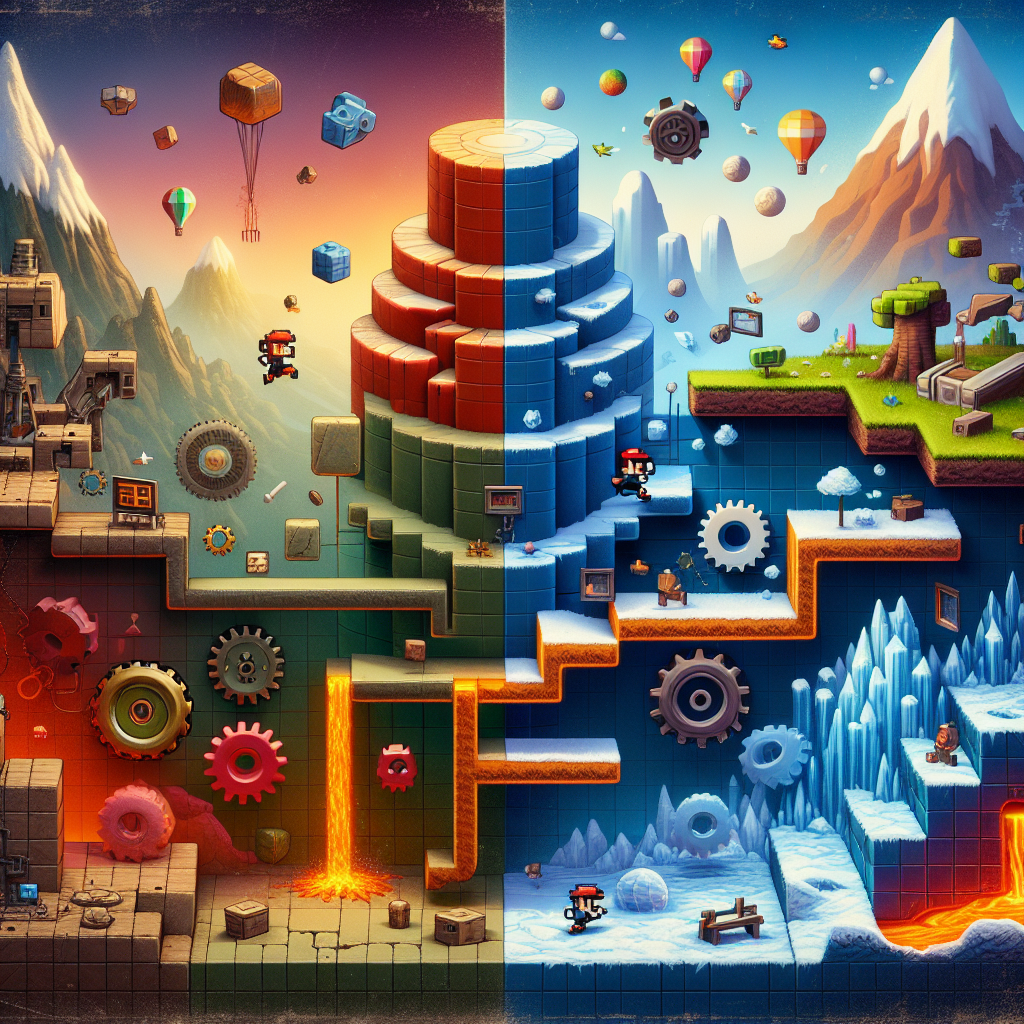
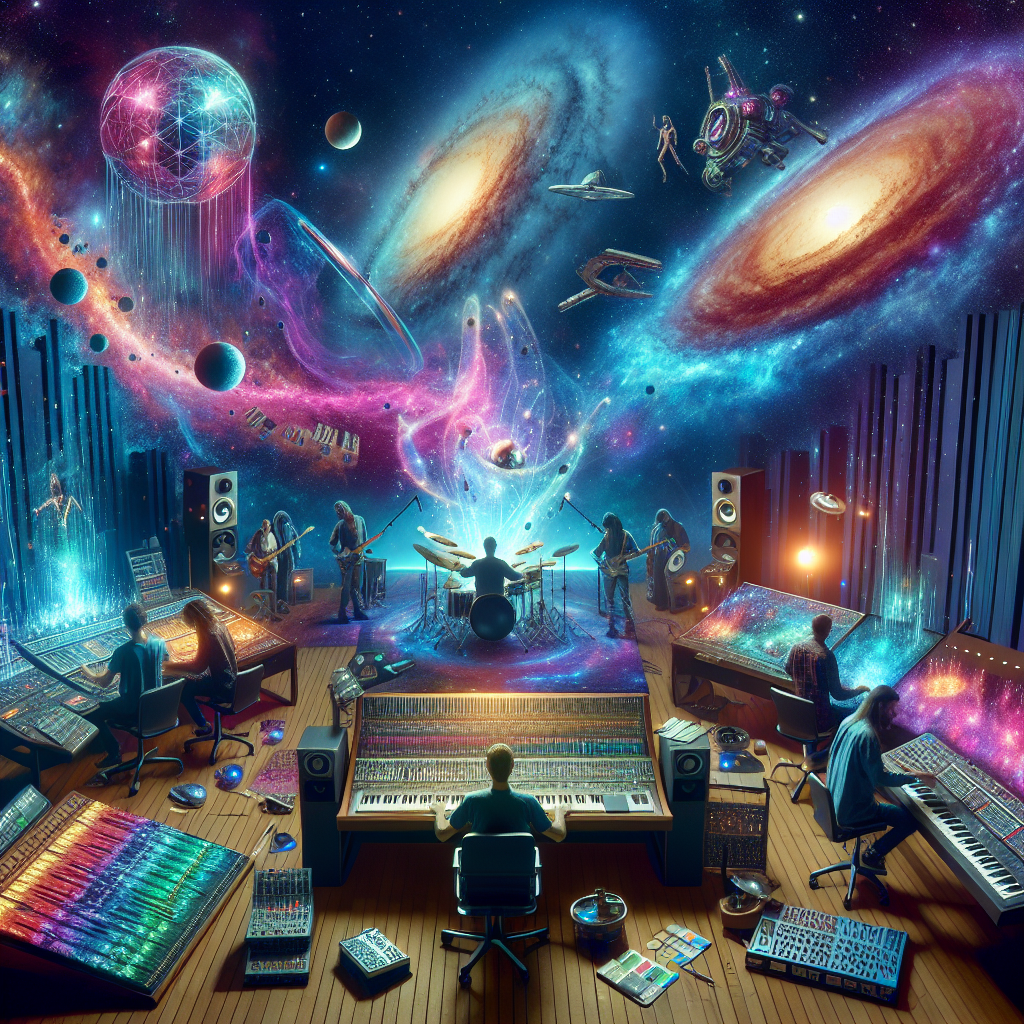
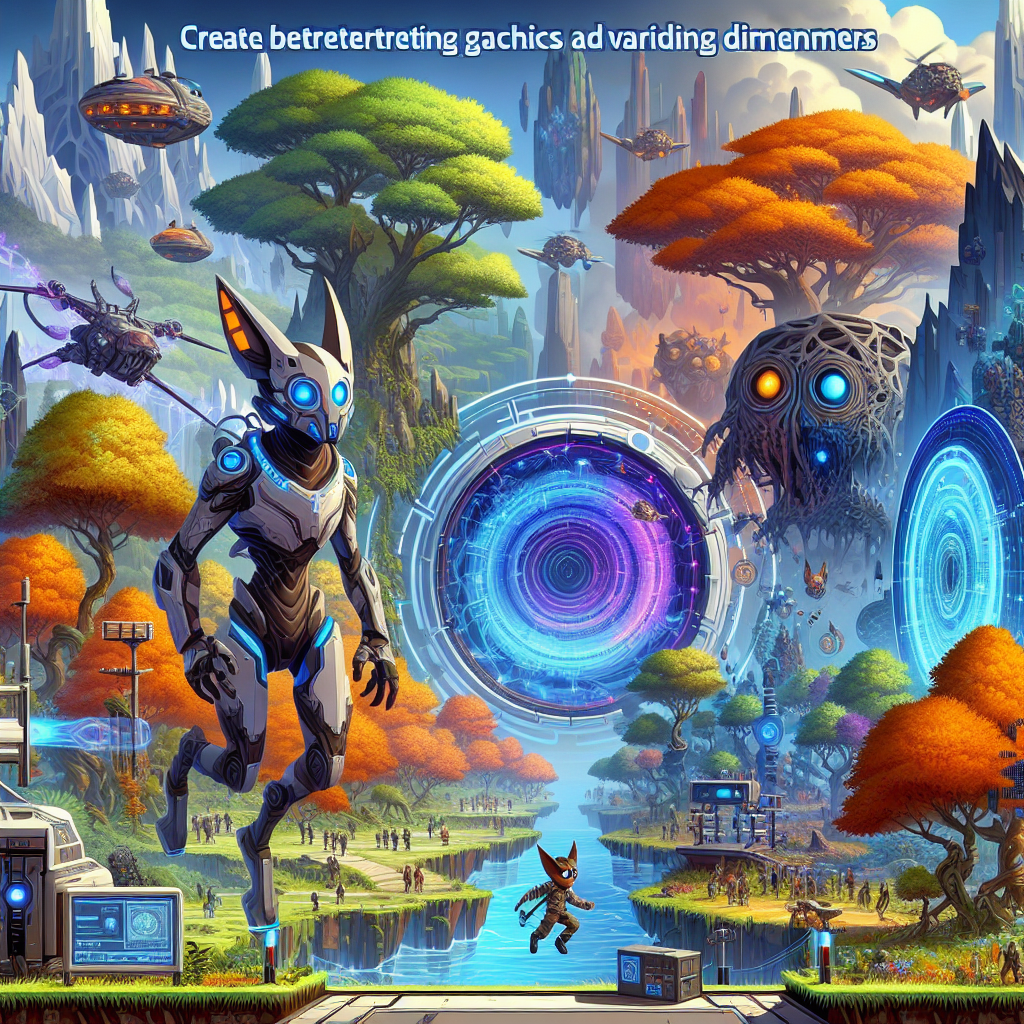


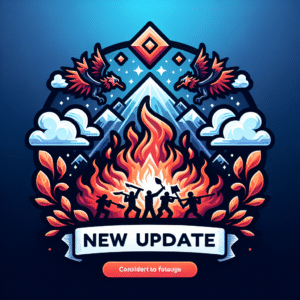
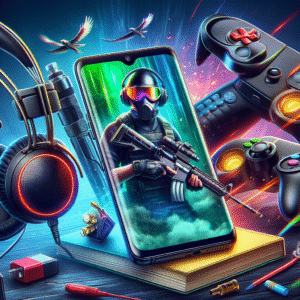

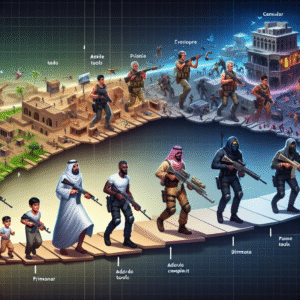
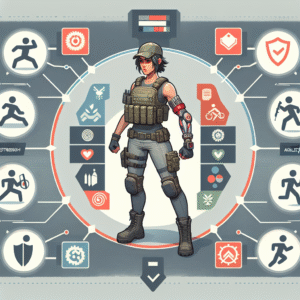
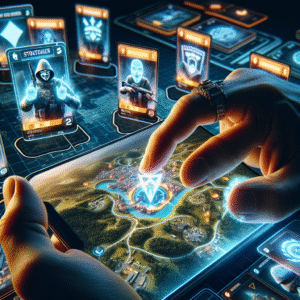

Post Comment